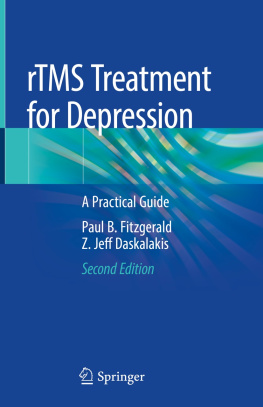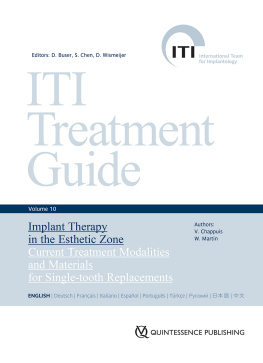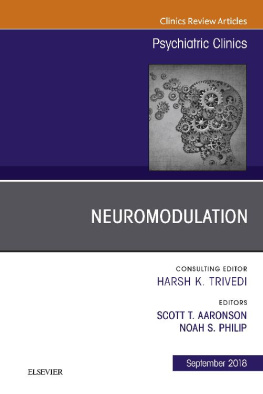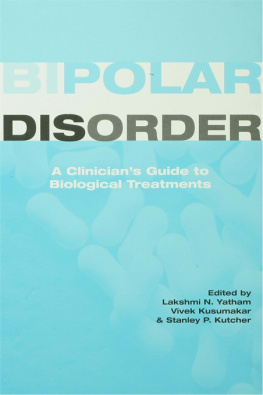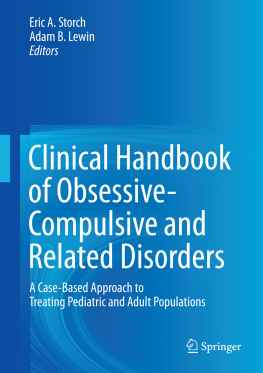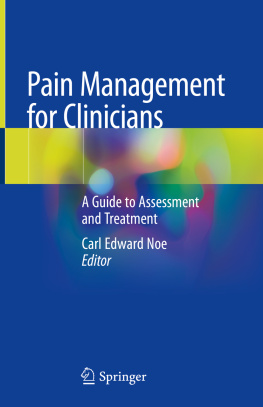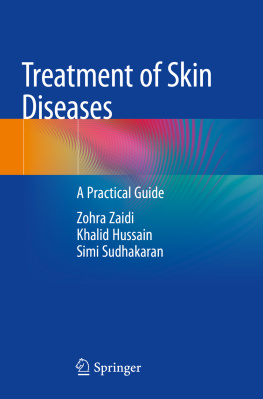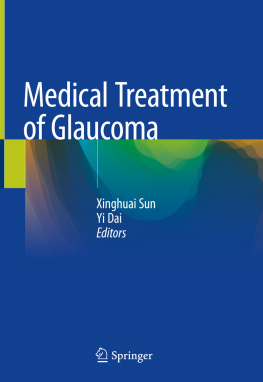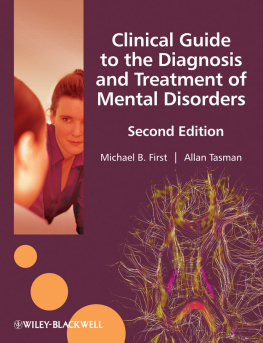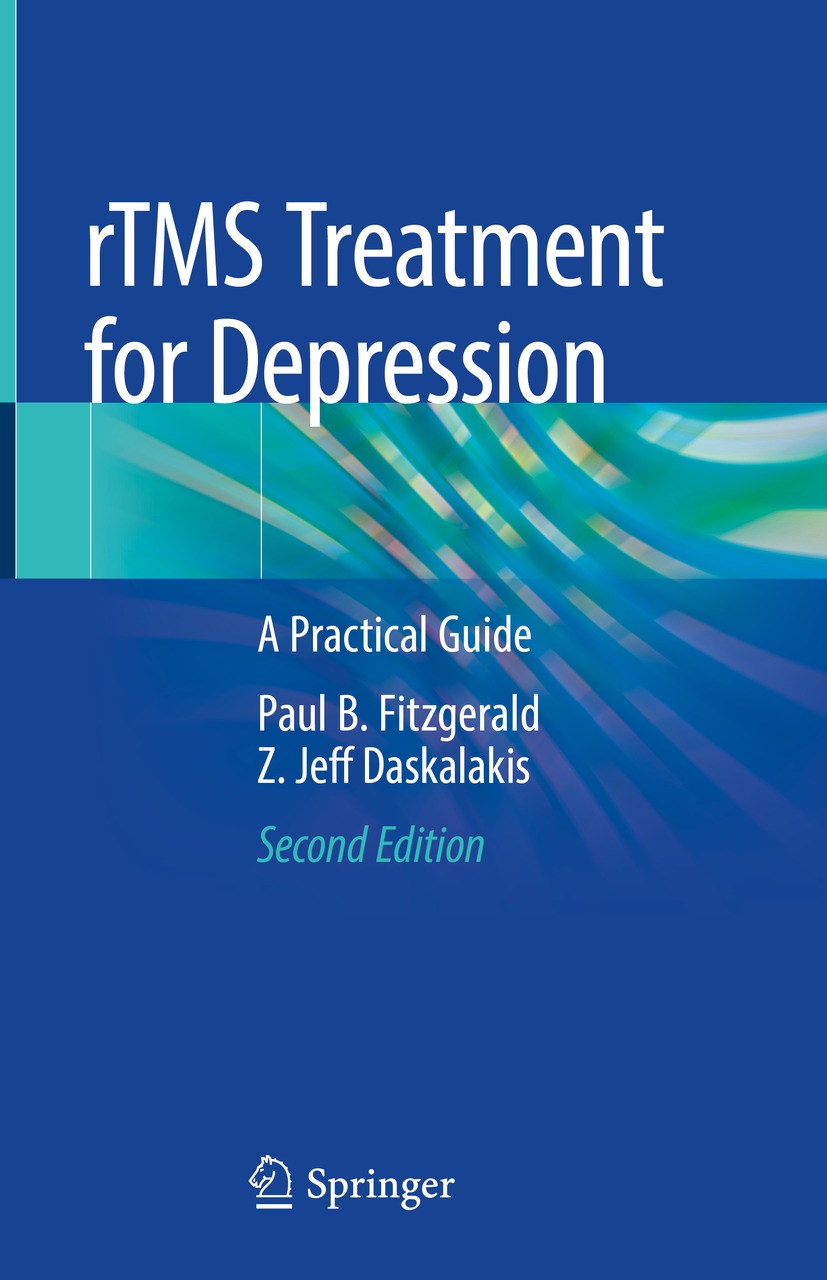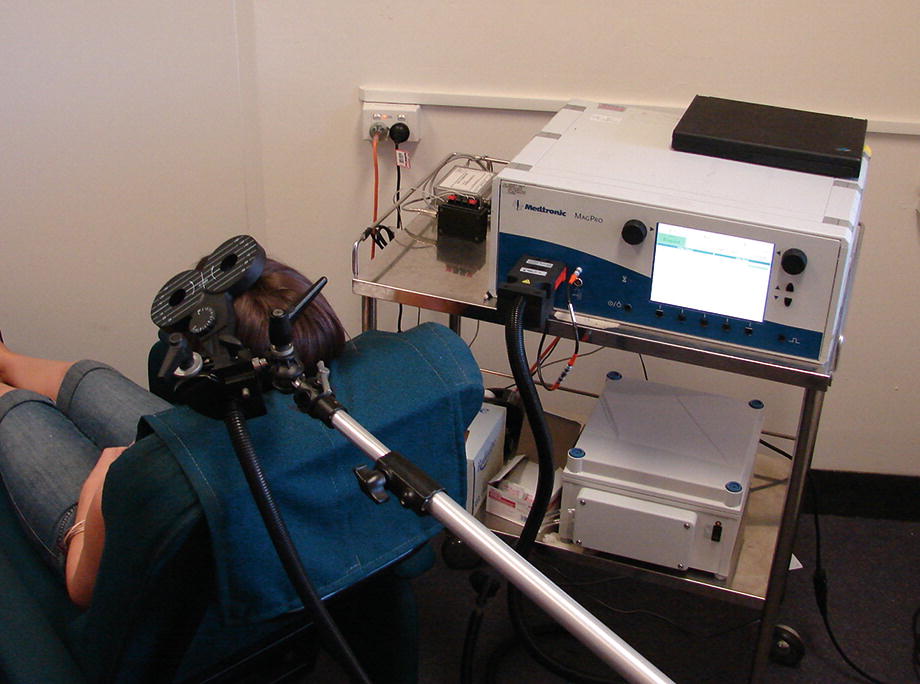Transcranial magnetic stimulation (TMS) is a unique experimental and therapeutic tool that allows researchers to noninvasively stimulate and study the cortex in healthy and diseased states [).
Box 1.1 A Note on Terminology
TMS refers to the general process of transcranial magnetic stimulation, using a time variable magnetic field to induce the firing of cortical neurons. This will encompass the use single or paired TMS pulses in experimental paradigms as well as other applications of the technology.
rTMS, or repetitive transcranial magnetic stimulation, refers to the application of repeated TMS pulses, usually at a set frequency, with the intention to make a transient or longer lasting change to local and potentially distributed brain activity.
1.2 Overview of TMS Technology
The use of TMS is dependent on some basic physical principles , first described in the nineteenth century. In 1831 Michael Faraday demonstrated that a current was induced in a secondary circuit when it was brought in close proximity to the primary circuit in which a time-varying current was flowing. Here, a changing electrical field produces a changing magnetic field that, consistent with Faradays law, causes current to flow in a nearby conducting material. With TMS, electrical charge is stored in capacitors. Periodic discharge of this stored energy from the capacitors and through a conducting coil produces a time-varying electrical field. This electrical field produces a transient magnetic field that will cause current to flow in an appropriately located secondary conducting material, such as neurons in superficial layers of the cortex. If this current induced in the brain is of sufficient strength, it will produce depolarization of the conducting neural tissue located just under the coil.
As described electrical fields that are applied to neurons can excite these cells. The electrical field will produce a current in the intracellular and extracellular space. This causes cell membranes to become depolarized. An action potential is initiated when this depolarization is of significant magnitude. Electrical fields experienced resistance because of scalp and skull and other intermediary tissue. Magnetic fields, by contrast, experience absolutely no resistance from the abovementioned structures. The magnetic field strength, however, is significantly reduced in relationship to the distance between the stimulating target and the magnetic source.
In regard to the generation of the TMS pulse, the requisite circuit includes a capacitor, a thyristor switch, and a coil. Charge and discharge of the capacitor are coordinated by the thyristor switch which acts as gate for conduction of the electrical field through the coil. The field that is subsequently produced is either monophasic or biphasic. This difference depends on the properties of the circuit that is used.
Commercially available stimulators produce two pulse types: a biphasic pulse or a monophasic pulse. A biphasic pulse is sinusoidal and is generally of shorter duration than a monophasic pulse, which involves a rapid rise from zero, followed by a slow decay back to zero. Monophasic pulses were typically used in the initial investigative applications of TMS, whereas biphasic pulses have been used in the vast majority of applications of rTMS as biphasic pulses can be produced more efficiently when applied repetitively at short intervals.

